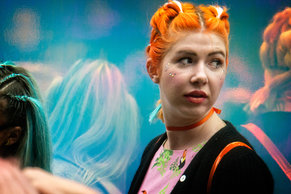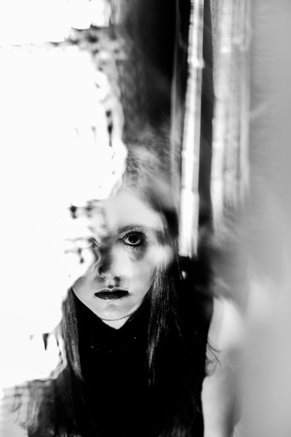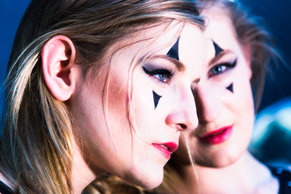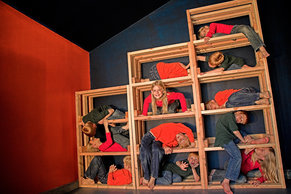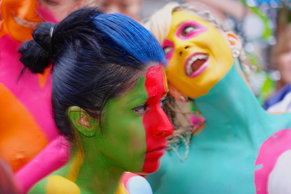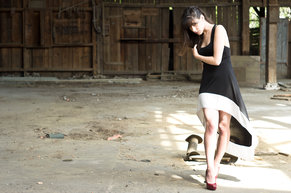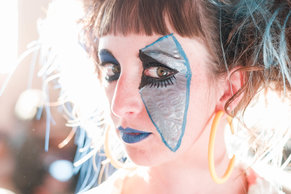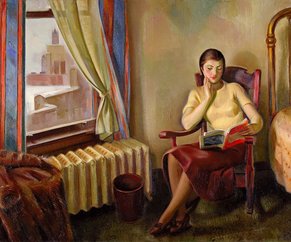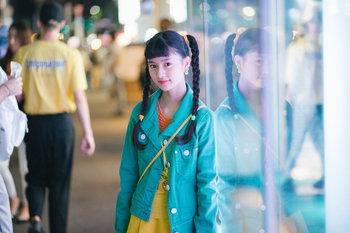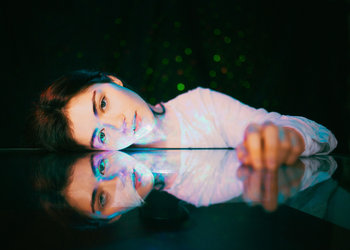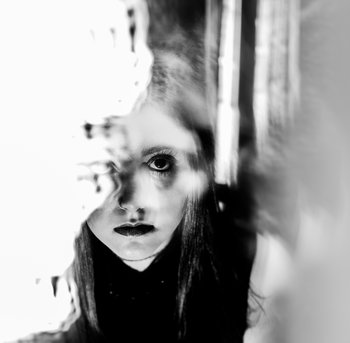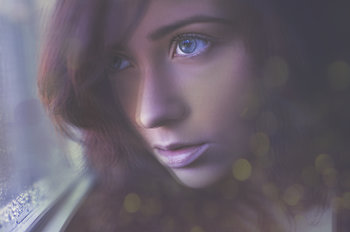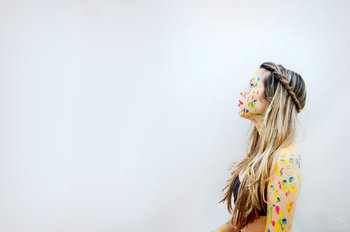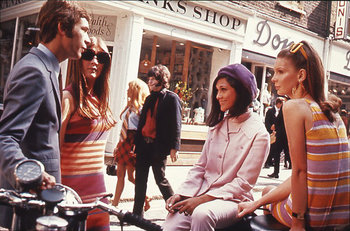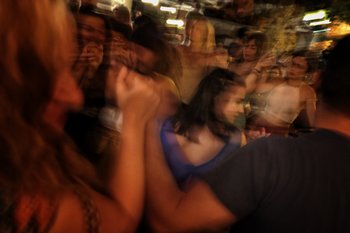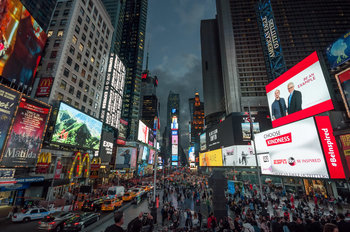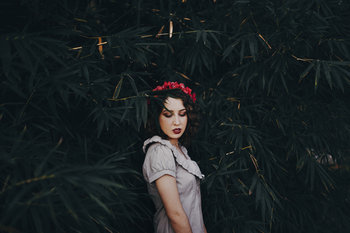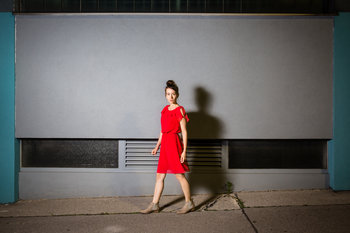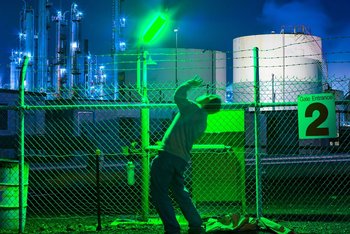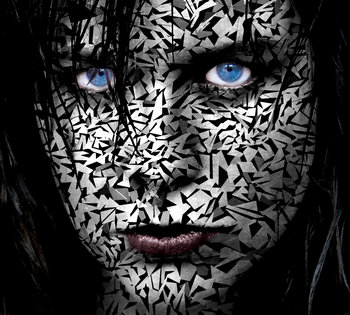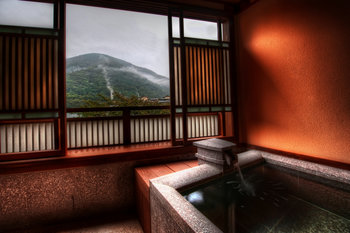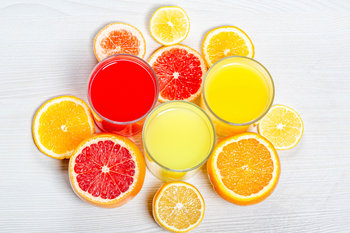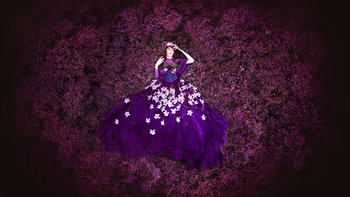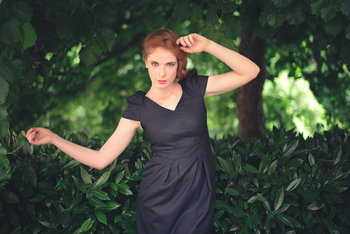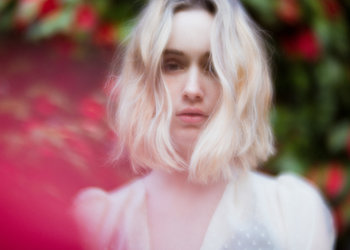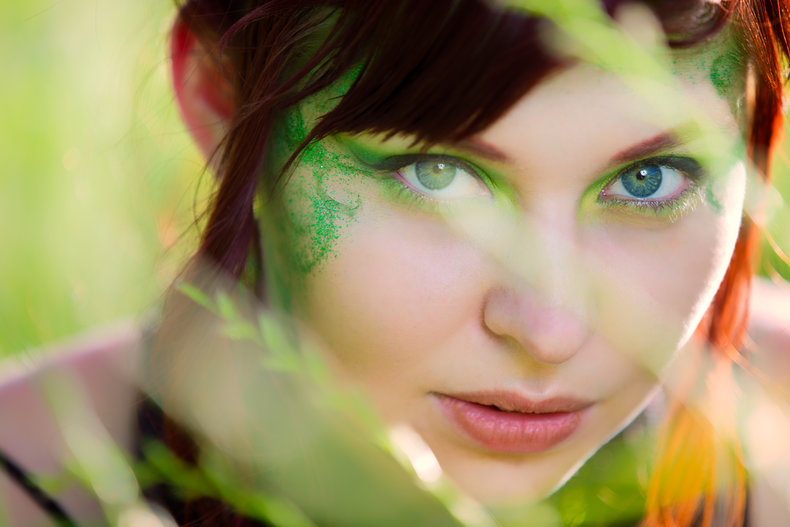
Green
#00ff00
#00ff00
Magenta
#ff00ff
#ff00ff
Lime
#bfff00
#bfff00
Blueberry
#4000ff
#4000ff
Mantis
#74C365
#74C365
Shell Purple
#8b3c9a
#8b3c9a
Forest Green
#014421
#014421
Pink Chalk
#febbde
#febbde
Mint
#3eb489
#3eb489
Red Rose
#c14b76
#c14b76
Artichoke
#8f9779
#8f9779
Dark Lavender
#706886
#706886
Dark Moss Green
#4A5D23
#4A5D23
Lavender
#b5a2dc
#b5a2dc
Avocado
#568203
#568203
Bright Violet
#a97dfc
#a97dfc
Jungle Green
#29ab87
#29ab87
Light Ruby
#d65478
#d65478
Asparagus
#87A96B
#87A96B
Medium Purple
#785694
#785694
Myrtle green
#317873
#317873
Dull Red
#ce878c
#ce878c
Tea Green
#d0f0c0
#d0f0c0
Midnight Purple
#2f0f3f
#2f0f3f
Pine Green
#01796f
#01796f
Neon Salmon
#fe8690
#fe8690
Olive
#808000
#808000
Pericallis Hybrida
#7f7fff
#7f7fff
Malachite
#0BDA51
#0BDA51
Bright Pink
#f425ae
#f425ae
Dark Green
#006400
#006400
Cotton Candy
#ff9bff
#ff9bff
Paris Green
#50c878
#50c878
True Grape
#af3787
#af3787
Gotham Green
#00573f
#00573f
Baby Pink
#ffa8c0
#ffa8c0
Notes
The complements above are calculated as the inverse number for each red, green, blue hexadecimal. These are optical complements in terms of the RGB model. The opponent process theory as proposed in 1892 by the German physiologist Ewald Hering has been largely discredited by modern studies. Many color models taught in schools such as color wheels are based on this theory. Color wheels commonly list the complement of green as red whereas the optical complement is magenta. Here they are for comparison:Green
#00ff00
#00ff00
Magenta
#ff00ff
#ff00ff
Green
#00ff00
#00ff00
Red
#ff0000
As you can tell from the samples above, both have very high contrast. Modern research suggests that the brain perceives higher contrast between optical complements as calculated above (see references below). #ff0000

